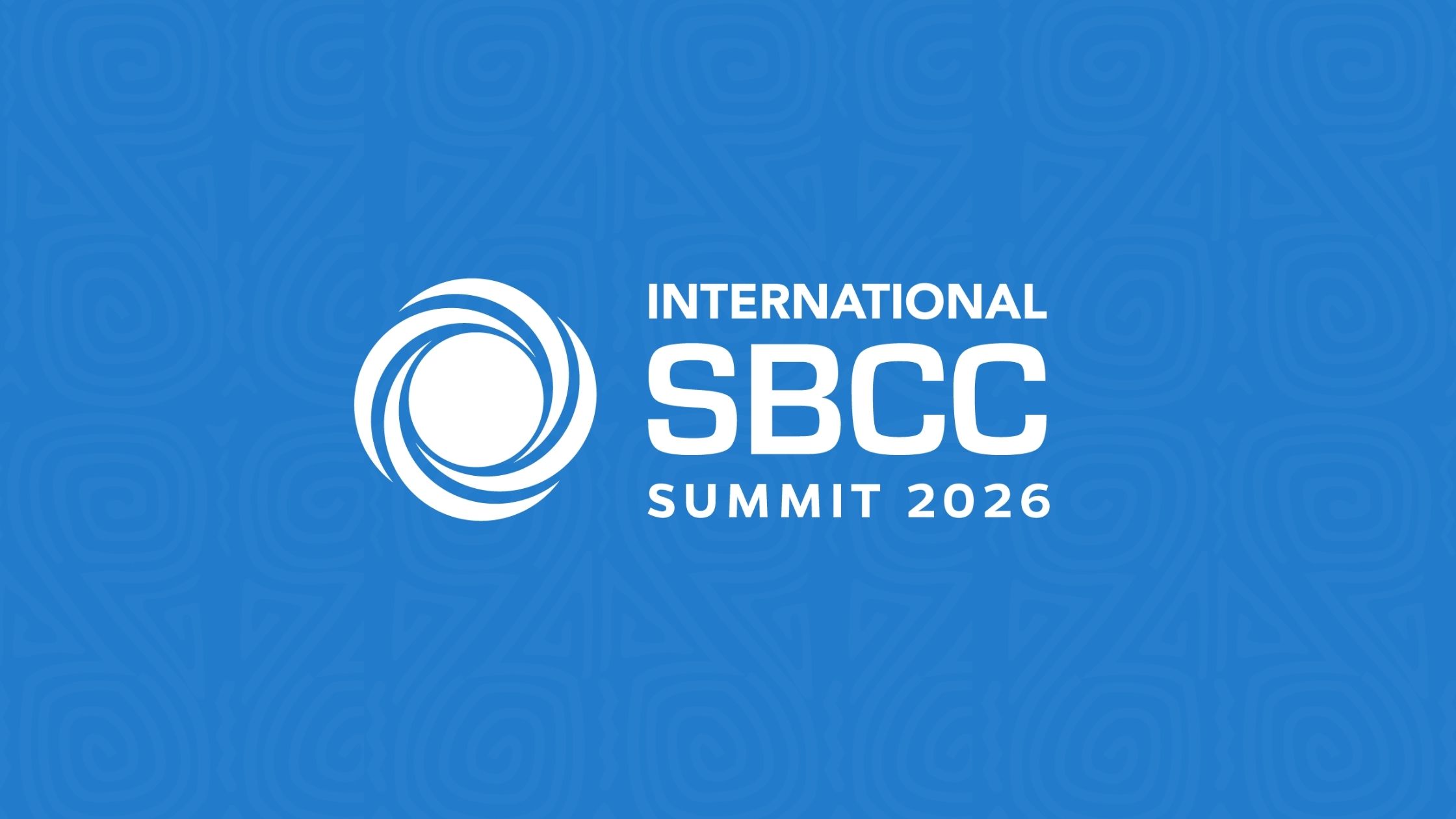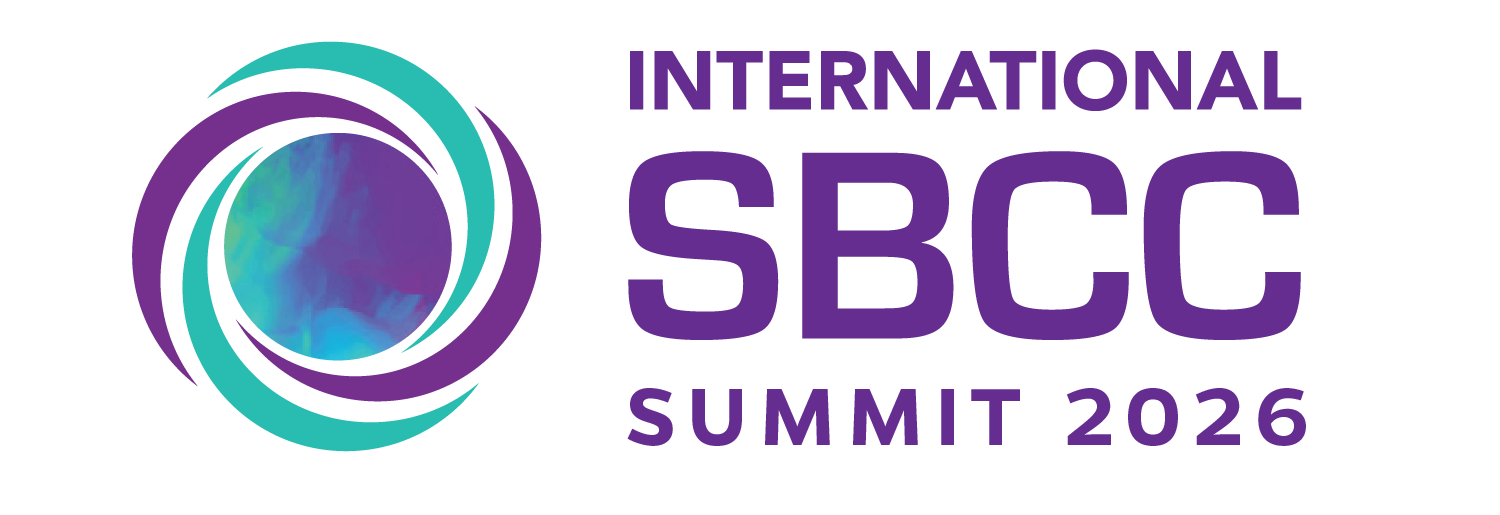What Can We Learn from Social Movements?
Avexnim Cotji Ren, an indigenous activist from Guatemala, says social movements can change the narrative, and can reduce the racism and discrimination that keep the voices of indigenous people from being heard.
Indigenous people live in 90 countries, speak 4,000 languages and make up 476 million people across the world. They’re in Canada and Bangladesh and South Africa and more, and their displacement and exclusion has led to an increasing resistance and demand for human rights at every level.
Indigenous people in Guatemala, for example, are deeply invested in the land where they live and are often better caretakers of the land than the government. “By supporting indigenous ways of living … there is a direct impact on taking care of the environment,” she said.
“We’ve got a lot to learn from indigenous communities in order to save our planet,” agreed Sue Goldstein, a member of the Secretariat organizing the Summit and moderator of yesterday morning’s plenary, Social Movements for Social Change: What Makes Them Tick and What Can We Learn?
“Social movements are crucial for social change at both global and local levels,” Goldstein said in her introduction. “People working together in networks to identify issues of common concern and take strategic steps to change policies, improve equity. The purpose of this session is to try and look at effective ways to identify, relate to and progress social movements relevant to our work as a community.”
Along with fascinating insights from Guatemala, Mohmaed Mahmoud, an activist from Sudan, spoke passionately about the importance of trust building to create successful social movements.
An opening of new platforms for communication that have come on board since the Arab Spring has enabled movements to grow farther than ever. Under previous regimes, the state owned the media channels. Now youth and others have innovated and created new tools, using new social media networks, theater, arts and more, that have changed the power dynamic in many ways, calling it “a quantum leap in communications and advocacy and resistance.”
Groups who may not have known about issues of importance to them now have access to information and are demanding to be heard, he said.
Public sector leadership
Nassem Awl, of UNICEF Morocco, opened Wednesday afternoon’s plenary, Public Sector Leadership in Social and Behavior Change, by discussing the crucial role of multi-sector leadership, noting: “Never before in our lifetime have we seen this so starkly demonstrated as we have with COVID-19 and the response.”
Panelists agreed on the importance of placing social and behavior change communication at the heart of public sector health programming. Dr. Da-costa Aboagye, of the Ghana Health Service, spoke about the many free services (water, electricity, etc.) that the government of Ghana provided during the pandemic, saying: “Safety nets came along because SBCC was on the table.” Similarly, Dr. L. Arlette Saavedra Romero of the Ministry of Health in Mexico noted: “Without SBCC we wouldn’t be able to do preventive work.” Dr. Reham Rizk, of the Ministry of Planning and Economic Development in Egypt, added the need for a 360-degree approach to ensure a powerful impact.
“We need to work in a more coordinated and collaborative manner,” Romero said. “Our resources are limited and never enough,” Romero said. M. Abdelouahab Belmadani of Morocco’s Ministry of Health and Social Protection, spoke about mutualizing funding through coordination and cooperation between the government and civil society. “Funding is important, but it needs to be looked at in the framework of a results-oriented approach,” he said.
In addition, the need to listen to communities when creating and implementing programs was expressed by each panelist. “We have to do action by knowing and listening to the community and from the community,” Romero said, “and not at your desk.”


